The Gobi Desert is Asia’s largest and most iconic, covering over 1600km (1000 miles) of China and Mongolia. It has long been a region that acted as a natural barrier between the various countries of the area, limiting the movement of troops, ordnance and supplies during times of war. Occasionally, armies would take on the desert and win – most notably in the case of Genghis Khan’s 13th-century hordes – but for the most part it is implacable and hostile terrain.
You’d be forgiven for thinking that the Gobi was nothing but 1000 miles of bare sand, but there is, in fact, much more to it than that.
Here’s our rundown on everything you need to know about the Gobi.
‘Gobi’ means ‘waterless place’
Named by the Mongolians who were, for so long, limited in their westward expansions by the unforgiving expanses of the Gobi, the desert certainly lives up to its name.
The Gobi Desert is actually pretty cold
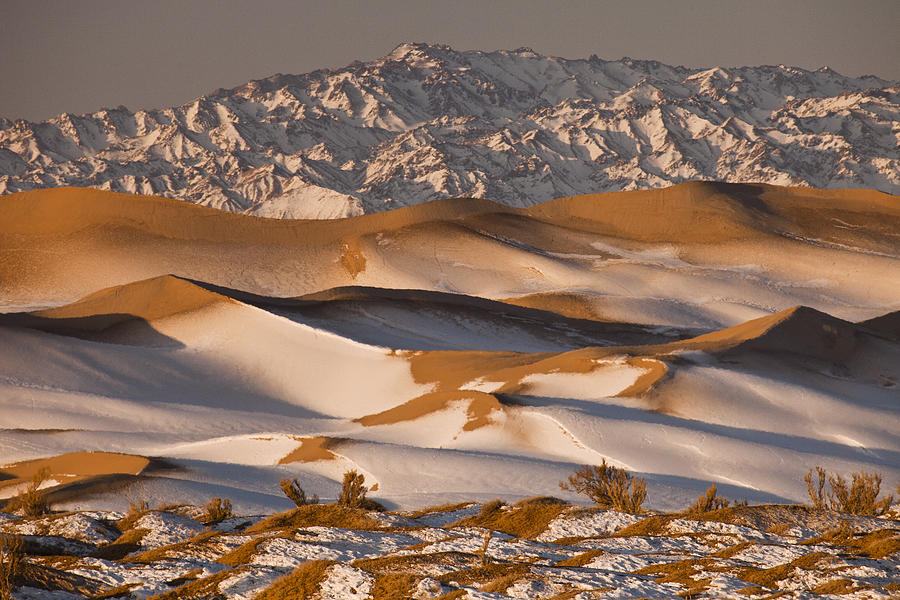
It’s a common misconception that deserts are hot, but whether or not a region is a desert actually has nothing to do with temperature, but with levels of rainfall (fun fact: the world’s largest desert is Antarctica!).
The Gobi turns this misconception on its head: it’s frequently extremely cold here, and in winter it sees snowfall and frost on the dunes. It gets so cold here that it’s said the Mongolians accidentally invented ice cream by galloping across it with saddlebags of mare’s milk!
Don’t get us wrong, though; it does still get pretty hot here, with temperature swings as high as 35 °C (63 °F) during the summer.
There’s not all that much in the way of sand or dunes…

Say ‘desert’ and you’ll pretty much think of sand. This is as inaccurate as the idea that deserts are hot (see: Antarctica), and the Gobi Desert is another shining example of one that defies the stereotype, with only 5% of its surface area featuring sand and dunes. The overwhelming majority is actually just bare rock.
…but it does still feature some impressive dunes
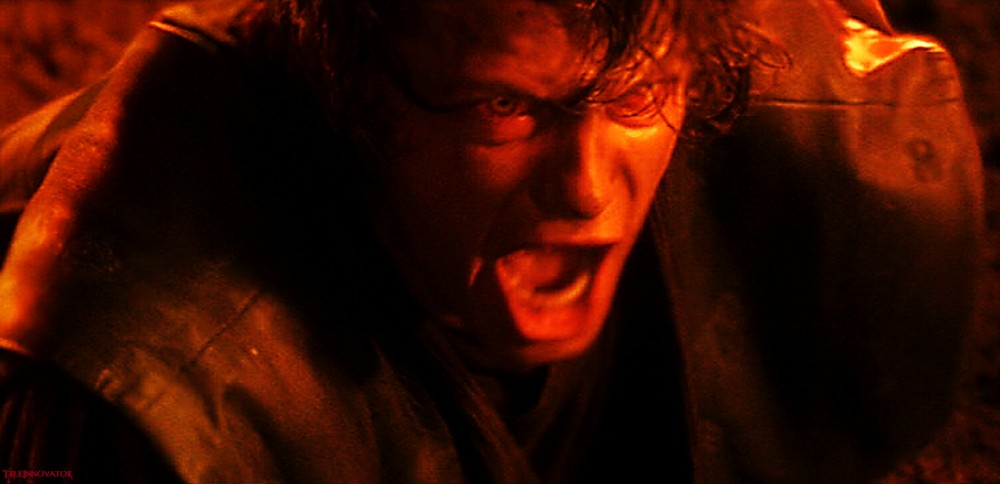
They do certainly pack their sand and dunes into the aforementioned 5%, though! The Gobi Desert is home to the Khongor sand dune, an 180km-long behemoth that’s one of the most beautiful in the world.
The Gobi Desert comprises 5 regions

The Gobi is big; so big, that it needs to be subdivided. The 5 regions of the desert are the Eastern Gobi desert steppe, the Alashan Plateau semi-desert, the Gobi Lakes Valley desert steppe, the Dzungarian Basin semi-desert, and the Tian Shan range.
It’s a paleontological goldmine
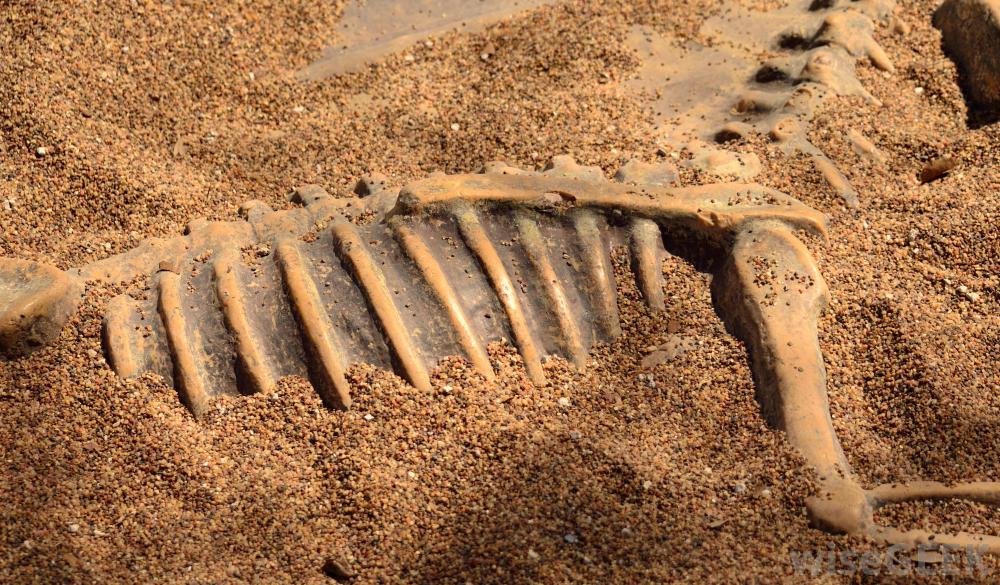
Some of the best-preserved dinosaur fossils in the world have been found in the Gobi Desert, to the extent that some cities try to use the dinosaur angle to draw tourists in. Erlian, a city in Inner Mongolia that borders Outer Mongolia, doesn’t really have much going on apart from its dinosaur museum and sculptures.
It was a crucial location along the Silk Road
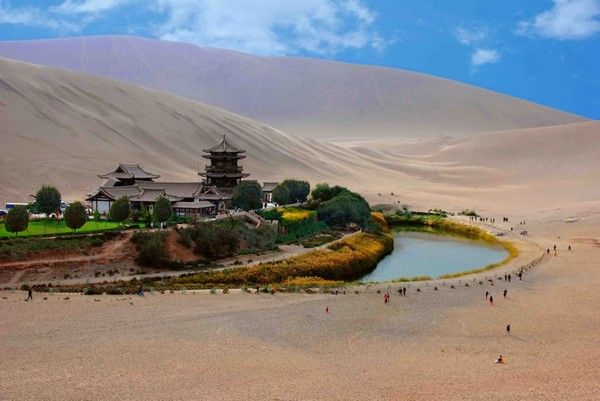
The Silk Road played a huge role in the economies of many a country and was possibly responsible for the first contact between Far East Asia and Europe (Chinese silk was a prized commodity in Ancient Rome).
An unavoidable part of (many routes of) the Silk Road, the Gobi featured many market towns, rest stops and routes through its least hospitable stretches.
The Gobi Desert is surprisingly biodiverse
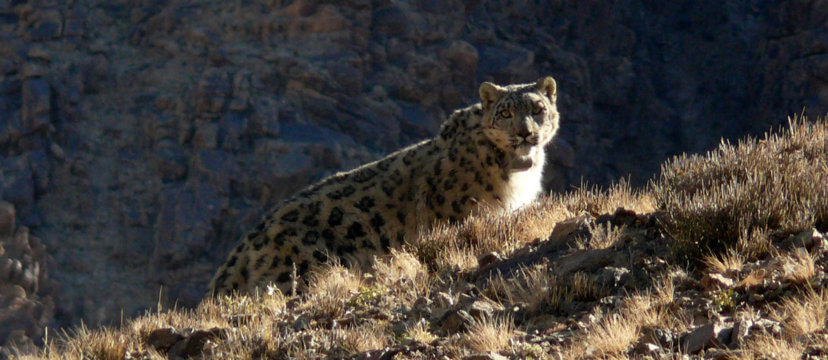
You’d be forgiven for thinking that it’s all camels, scorpions and Mongolian death worms in the Gobi, but in fact there’s a huge abundance of flora and fauna. Gazelles, wild donkeys and polecats all call the Gobi home, and brown bears and snow leopards will even visit on occasion.
People live there
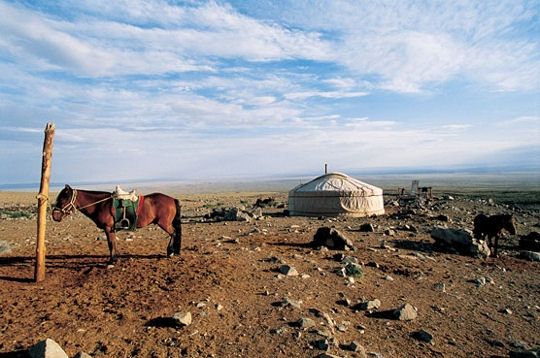
Not that huge of a surprise – indigenous populations live in pretty much every desert in the world (not Antarctica) — but the Gobi is home largely to nomadic Mongols and a sprinkling of Han Chinese. The Mongols live in their collapsible ger (the Mongolian word for ‘yurt’) and raise their own livestock in order to survive – much as their ancestors did 1000 years ago.
And there you have it – more to the Gobi Desert than sand, dunes and sunburn. If you’d like to see this natural wonder for yourself, you’re in luck –our Xinjiang: Far West China tour, our Mongolia Naadam Festival tour and our Kangbashi-Ordos Ghost City tour all feature trips to this awe-inspiring desert!





